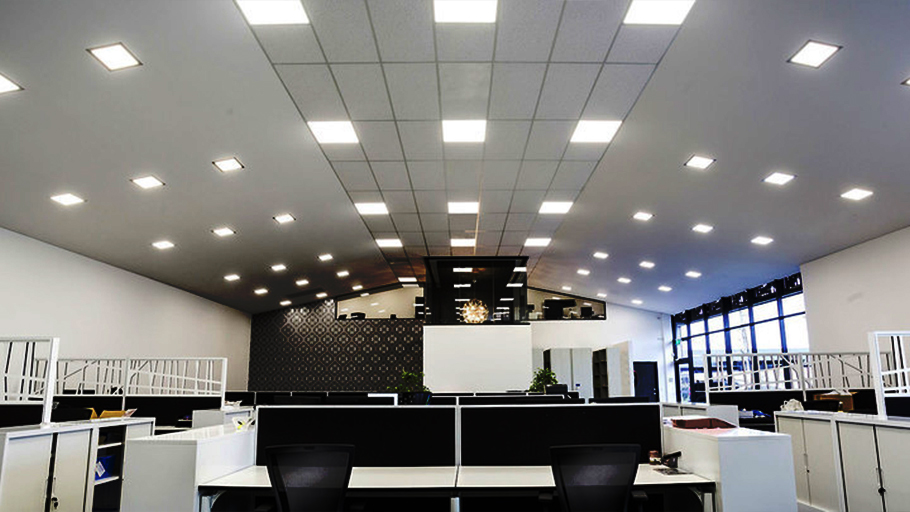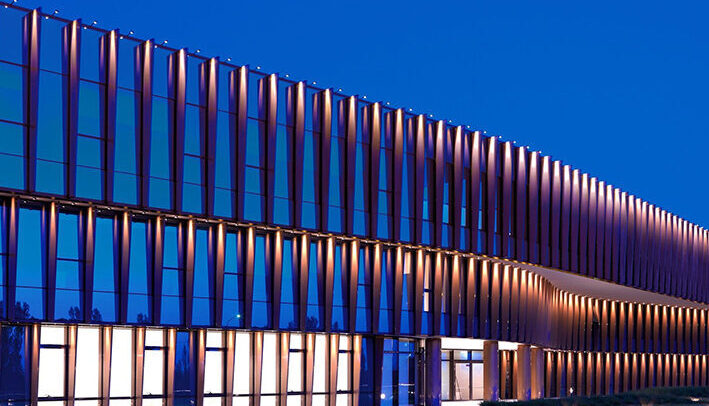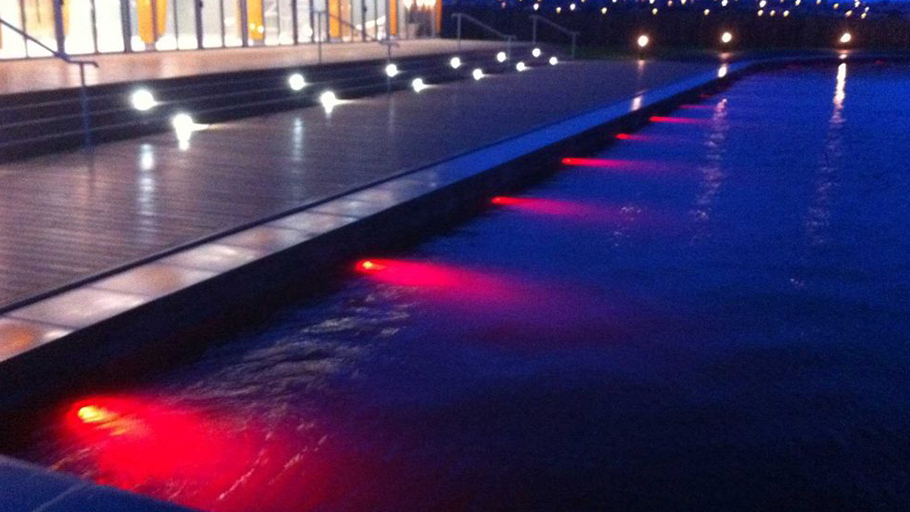LED screens offer several benefits over traditional displays, but there are also some drawbacks to consider. Let's compare the advantages and disadvantages of LED screens to traditional displays:
Benefits of LED Screens:
Energy Efficiency:
LED screens are highly energy-efficient compared to traditional displays. They consume less power, resulting in lower electricity bills and reduced environmental impact.
Brightness and Color Accuracy:
LED screens provide high brightness levels and excellent color accuracy, producing vibrant and vivid images. They offer better visibility, especially in outdoor or well-lit environments.
Slim and Lightweight:
LED screens are thinner and lighter than traditional displays, making them easier to install and transport. They offer flexibility in terms of placement and can be mounted on walls or used for large-scale installations.
Long Lifespan:
LED screens have a longer lifespan compared to traditional displays. They can operate for tens of thousands of hours, reducing the need for frequent replacements and maintenance.
Versatility:
LED screens come in various sizes and shapes, offering flexibility in design and customised lights in Dubai. They can be curved, transparent, or modular, allowing for unique and creative display setups.
Wide Viewing Angles:
LED screens typically have wide viewing angles, ensuring that the content is visible from different perspectives without color distortion or loss of image quality.
Drawbacks of LED Screens:
Higher Initial Cost:
LED screens generally have a higher upfront cost compared to traditional displays. The initial investment can be significant, especially for larger screens or high-resolution displays.
Complex Installation:
The installation of LED screens can be more complex than traditional displays, requiring professional expertise and proper structural support. The process may involve additional costs for mounting, cabling, and control systems.
Potential for Image Retention:
In some cases, LED screens can experience image retention or "burn-in" if static images are displayed for extended periods. This can result in a faint residual image even when new content is displayed. However, modern LED screens have improved burn-in resistance compared to older models.
Limited Refresh Rates:
LED screens may have limitations in terms of refresh rates, especially in comparison to high-end traditional displays. This can affect the smoothness of fast-moving content, such as video playback or gaming.
Heat Generation:
LED screens can generate heat, especially when operating at high brightness levels. Adequate ventilation or cooling systems may be required to prevent overheating and ensure optimal performance.
Maintenance Considerations:
While LED screens have a long lifespan, they may require occasional maintenance, such as cleaning and pixel calibration. Repairing or replacing individual LED modules can also be more complex and costly compared to traditional displays.
When deciding between LED screens and traditional displays, it's essential to weigh these benefits and drawbacks in relation to your specific needs, budget, and intended use. Consider factors like energy efficiency, image quality, installation requirements, and long-term costs to make an informed decision.












Leave a Reply